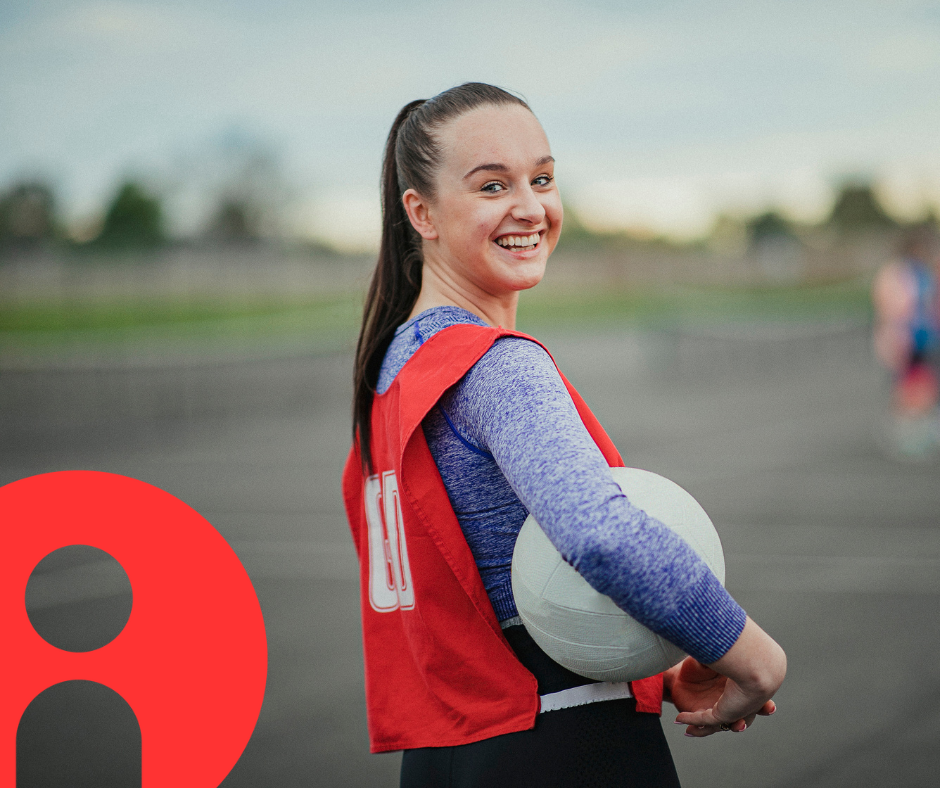
Netball season is fast approaching and apart from a netball itself, the most essential equipment required to play is a good pair of shoes. Playing in the wrong or poorly fitted shoes may increase the risk of lower limb injuries. Three features come to mind with an appropriate shoe selection – comfort, performance and injury prevention.
Comfort is key! When playing netball, your shoes should be fitted so they are firm (but not too tight) across the width of the foot in order to limit movement within the shoe, although a 1cm gap between your toes and the end of the shoe will allow for the constant stop-start motions – both leading to reduced chances of blistering. If your shoe is too loose, your potential for injury increases. Don’t forget to allow enough room for ankle bracing if needed – it’s a good idea to take them along with you when buying your shoes to ensure there is enough room as you may need to go up half a size. Socks also play a role and should be thicker and breathable to help reduce friction.
In terms of performance and injury prevention, many netballer’s struggle with the choice between running shoes and netball specific shoes. Let’s have a look at the differences:
With all that said, choosing an appropriate shoe can be overwhelming but it all comes down to what fits and feels best for you. Netball shoes are designed to assist with performance and injury prevention, however you do not want to discount the impact that comfort has on your performance also.
Ankle bracing may also be used for the prevention of ankle sprains, especially for those who have sprained their ankle in the past, or for those who have decreased ankle stability. Your physiotherapist will be able to assess the stability of your ankle, as well as provide you with education and techniques for reducing the risk of ankle sprains. This includes choosing the right shoe and fitting ankle braces if need be.
A study by Vanwanseele et al. (2014) found that lace-up braces can be used by netball players to restrict the lateral movement of the ankle during the high impact activities without increasing the load on the knee joint. Other studies have also found no significant difference between using ankle braces and taping in the prevention of ankle sprains – it all depends on personal choice! We have a number of ankle braces available at our practice – please give us a call regarding which will suit you best and to ensure the correct fit. We also have a great article about deciding between bracing and taping for prevention.
No matter what level you play, a correctly fitted shoe by an expert and ankle guards from your physiotherapist can lead to optimal power, speed, agility and stability required during any netball game or training. This will help to improve your performance and withstand the demands netball places on your body, which will allow you to continue playing netball for years to come!